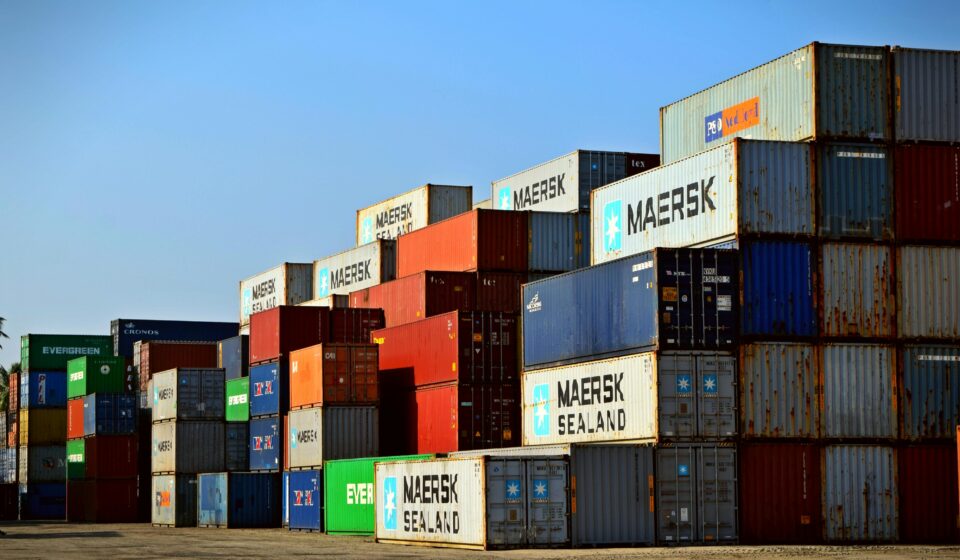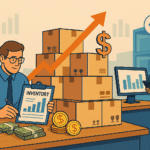
Supplier Risk Monitoring Using AI and Real-Time Data
How Smart Supply Chains Stay Ahead of Disruptions
Your supply chain is only as strong as its weakest link.
A late shipment from a critical supplier. Quality issues at a contract manufacturer. Political unrest in a key sourcing region. These risks are not hypothetical — they are everyday realities for global supply chains.
Yet many companies still rely on manual assessments, quarterly reviews, or outdated scorecards to monitor supplier health. By the time the problem is detected, the damage is already done.
In a world where volatility is the new normal, reactive supplier management is no longer enough. This is where AI-powered supplier risk monitoring, fueled by real-time data, becomes a game-changer.
The Traditional Approach: Why It Falls Short
Historically, supplier risk management has been:
- Manual and survey-based
- Periodic rather than continuous
- Limited to basic financial metrics or compliance reports
- Disconnected from operational data
This approach misses the early warning signals that often precede major disruptions:
- Subtle lead time increases
- Supplier workforce strikes
- Raw material shortages
- Negative news coverage
- Credit rating downgrades
The question isn’t whether risks exist — it’s whether you’re catching them before they impact your operations.
How AI and Real-Time Data Transform Supplier Risk Monitoring
AI doesn’t just automate risk monitoring — it amplifies your visibility and enables predictive foresight across your supplier base.
✅ 1. Continuous Data Collection Across Multiple Sources
AI integrates data from:
- Supplier delivery performance
- Invoice and payment records
- News feeds and social media sentiment
- Financial ratings and credit reports
- Geopolitical, climate, and health event data
This creates a 360-degree view of supplier health, updated in real time — not months later.
✅ 2. Early Risk Detection Through Machine Learning Models
AI models are trained to spot risk patterns by analyzing:
- Historical disruptions
- Lead time volatility
- Quality deviations
- Behavioral changes (e.g., sudden changes in order fulfillment rates)
These models predict the likelihood of supplier failure or disruption before it happens — giving you the critical time window to act.
✅ 3. Automated Alerts and Prioritization
Not every risk requires the same response.
AI systems automatically classify and prioritize risks based on:
- Severity (financial impact, criticality of the supplier)
- Probability of occurrence
- Geographic exposure
This helps procurement and supply chain teams focus on the right risks at the right time.
✅ 4. Scenario Modeling and Risk Simulation
Advanced AI solutions enable what-if analyses:
- What happens if this supplier fails next month?
- How will a regional shutdown affect my tier-1 and tier-2 suppliers?
- Where are my highest-risk sourcing dependencies?
This allows proactive mitigation strategies, including:
- Dual sourcing
- Supplier diversification
- Inventory rebalancing
Business Impact: Why Supplier Risk Monitoring Matters Now More Than Ever
✔️ Avoid Costly Disruptions: Catch issues early before they cascade through your network.
✔️ Improve Resilience: Build a more agile, risk-aware supply chain.
✔️ Strengthen Supplier Relationships: Collaborate with partners on performance improvements before problems escalate.
✔️ Protect Brand Reputation: Prevent failures that lead to customer dissatisfaction, missed commitments, or regulatory issues.
✔️ Support ESG Compliance: Monitor labor practices, environmental violations, and ethical risks within your supplier base.
AI-Powered Supplier Risk Monitoring in Action
Example Use Case:
A global electronics company leverages AI to monitor its semiconductor suppliers across Asia. Machine learning models detect subtle delivery slowdowns and flag rising geopolitical tensions in the region. The system recommends alternative suppliers and triggers advanced ordering for critical components — preventing stockouts and production delays.
Getting Started: Building Your AI-Driven Supplier Risk Monitoring Framework
- Map critical suppliers and sourcing regions — prioritize based on spend, impact, and risk sensitivity.
- Connect your data sources — ERP systems, logistics data, external feeds, credit ratings, news, and social media.
- Deploy AI models — predictive analytics, NLP for sentiment analysis, anomaly detection on performance data.
- Integrate into your procurement workflows — automate alerts, enable risk-based decision making.
- Continuously learn and improve — feed back new data to improve model accuracy over time.
Conclusion: Don’t Just Monitor Supplier Risk — Predict and Prevent It
Supplier risk is no longer something that can be reviewed once a quarter. In today’s volatile environment, it requires continuous, intelligent monitoring — powered by AI and real-time data.
The companies that succeed will be those who move beyond static risk assessments and embrace a dynamic, data-driven approach — turning uncertainty into resilience.






